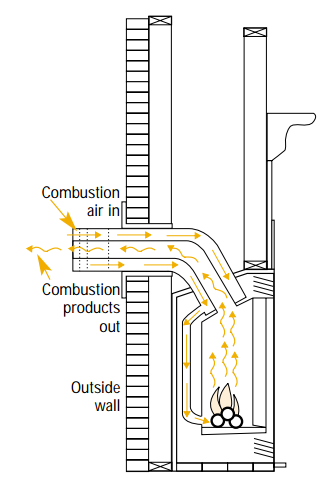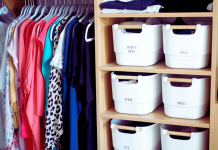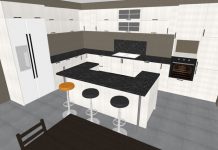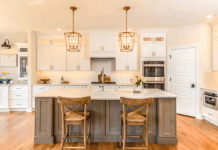A gas fireplace is a typically common fireplace – one that has been used for quite some time now, and is still in use, even after the advent of modern innovative techniques like smokeless fireplaces, and electric heaters. It has a great heat transfer rate, and keeps the room warm and cozy, keeping cold drafts at bay. It is a safe, energy-efficient, and environmentally friendly alternative to a wood burning fireplace, and takes little in the form of natural resources. It is compatible with most homes, and a gas connection is known to increase the resale value of a home. It doesn’t take very much to install a gas fireplace in your home if you’re handy with the toolbox, and have a general know how of construction, but in case you do not, then it would be best to hire a professional to do this work for you. In this article, we would we discussing how to install a gas fireplace in your home in relatively easy steps.
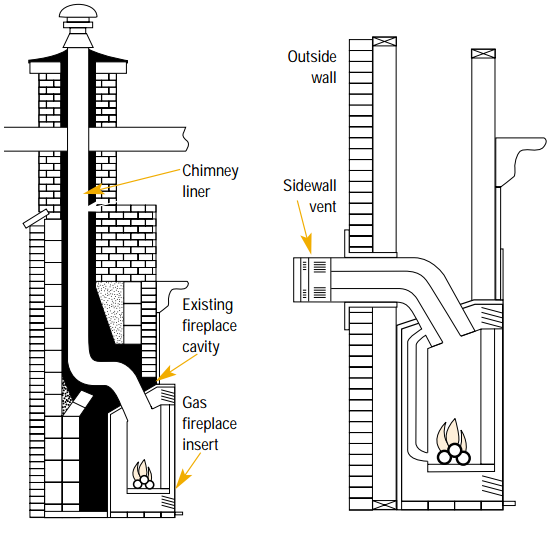
1. A Proper Venting System
A gas run fireplace may be a forerunner in the modern construction industry, and its seamless application to any interior may seem like a coherent amalgamation, but it does need proper installation, and attachments to give the incredible output that it is known for. A gas fireplace comes with attache parts that need to be assembled, and connected to the integral parts of your house – like the chimney.
Because the gas fireplace runs on natural gas, it needs a proper venting system – and for that system to have an outlet, it needs to be attached to the narrow escape of a chimney. If you’re not experienced with working in construction, be warned that you might cause more harm than good.
To install a direct vent fireplace, the combination intake and exhaust vent need to run directly through the exterior wall. Then you need to properly texture the drywall, and create an appropriate surround, so that it is not combustible. All that can cost you an estimated $2000.
2. Mechanical Requirements
Aesthetics do matter when designing a fireplace, but installing it is a completely different experience. First, and foremost, you would have to have a gas supply line for your fireplace – and you definitely need to call in a plumber for that, and you do not necessarily need an electricity connection, but if you want to install a blower then you would need to run an electricity wire to the circuit, to get that connection.
Then you have to determine how to get the vents from the location of the fireplace, all the way to the outdoors. You have to have perfect clearances, and location patterns, and because the pipe comes in double layer formation that stops it from heating and provides adequate insulation, it can run up straight through the wall, or the roof.
Aside from that, you must have legroom for all the allocated allowances in space; you can get them from the instruction manual.
3. Lay Out a Platform
After all the initial preparations have been taken care of, you must order all the parts, and wait for the plumber and electrician. In the mean while, you can choose a layout for the location of the fireplace, and start building a platform. That platform would have to be covered in drywall, and properly taped and decorated.
4. The Hole in the Wall
After the platform has been built and set up, you would have to connect it to the vent, which would then run through the wall. To connect the vent, though, you would have to cut a hole in the wall – make sure your cuts are shallow while using the saw or you might end up disconnecting hidden wires. The hole would have to be 1’x1’. Since various houses are made up of various materials, you might be plagued with varying degrees of difficulty in cutting off this hole. Vinyl siding and drywall are relatively easy compared to exterior brick walls. After the hole has been cut out, you must affix it with the vent cap – you can do that by holstering in by screws.
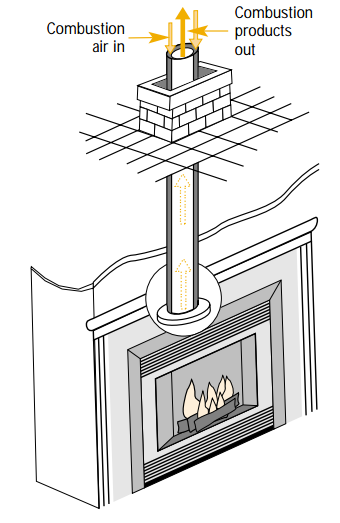
5. Construct The Surround
After checking off the vent cap, lay down the platform, and start constructing the surround. You have to make sure that the space between the wood mount and the fireplace is according to the guidelines. Wood is a highly flammable material, so you have to be especially careful while putting it in tandem with things that could set it aflame.
6. Attach the metal drywall
Make sure to cover all the outside corners with metal corner drywall bead. This way you can attach the drywall, and adjust the beads according to the location, and feasibility of the space. You might have to purchase a screw gun, or a drywall T-square to make the proper adjustments.
7. Plaster
What kind of plaster you use – pre-mixed, or self-mixed, depends on what you want to do. Plasters come in various textures, and we would recommend using a pre-mixed mixture as it is less likely to have inadequate proportions. Try to get some practice on various places to get a feel for plastering so that you don’t end up with a drywall that has an uneven texture and finish.
